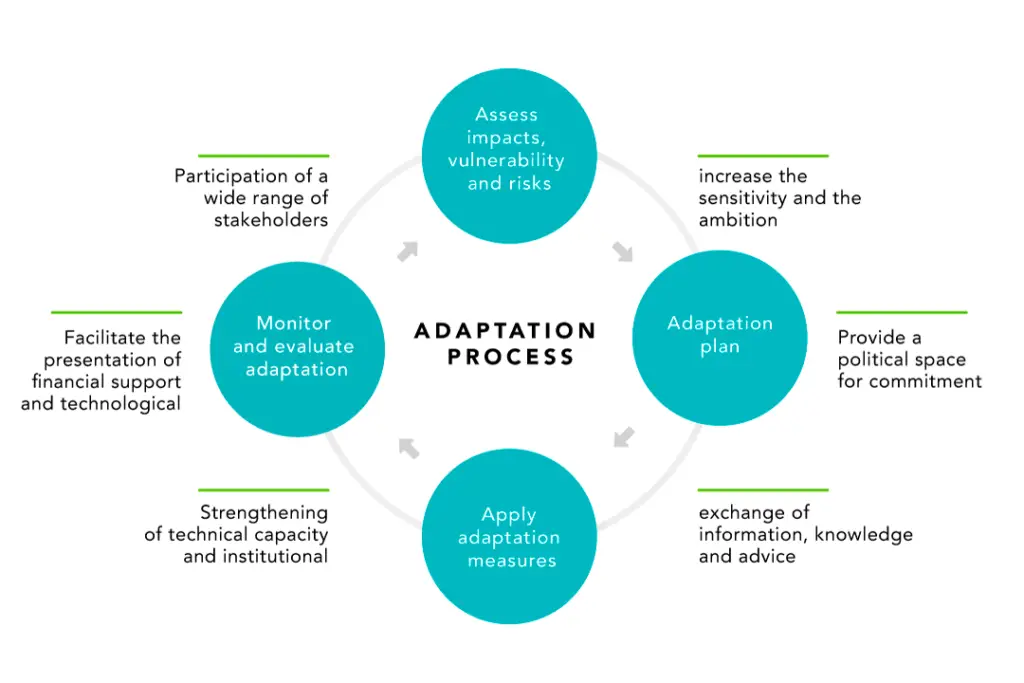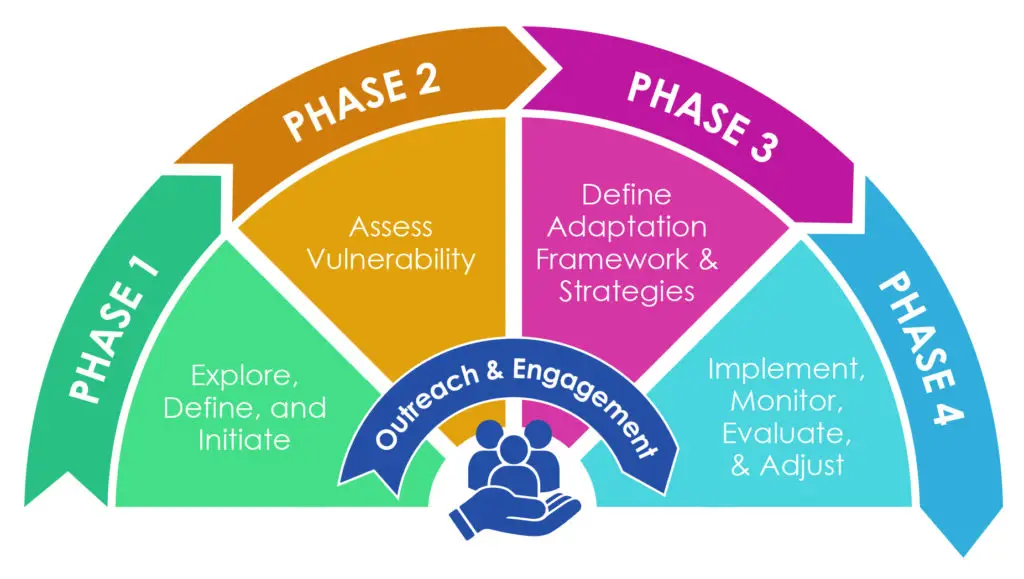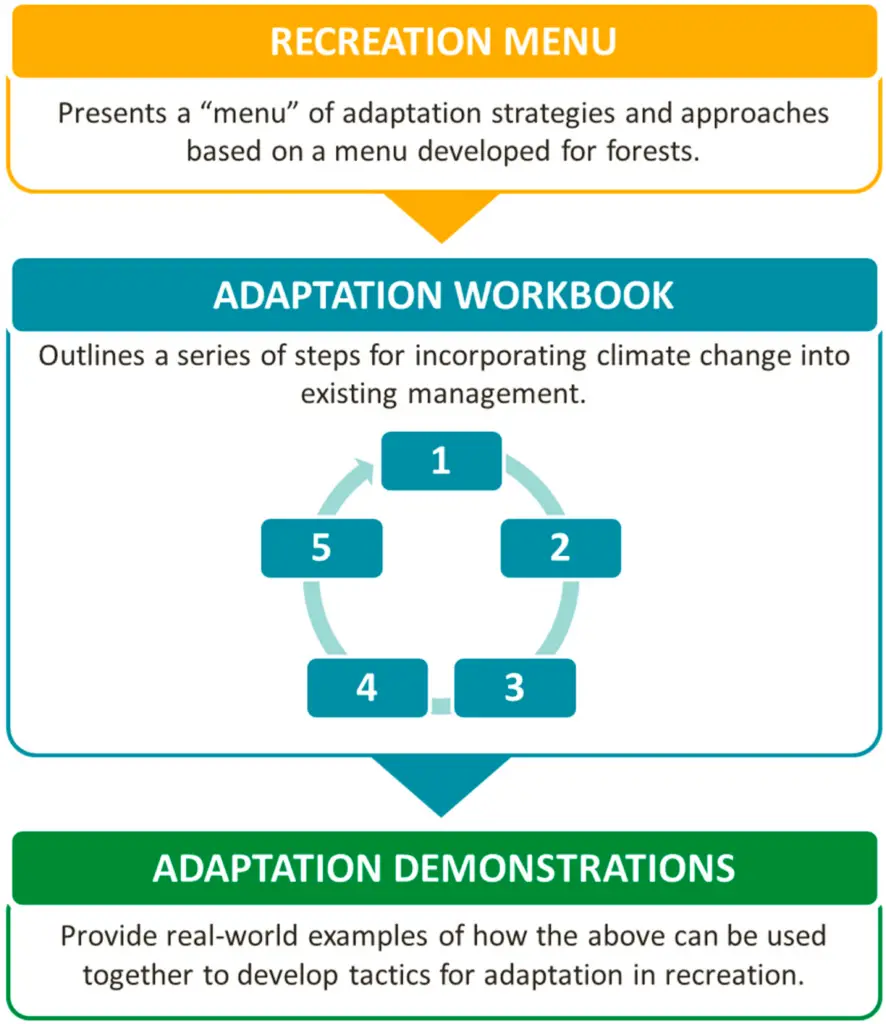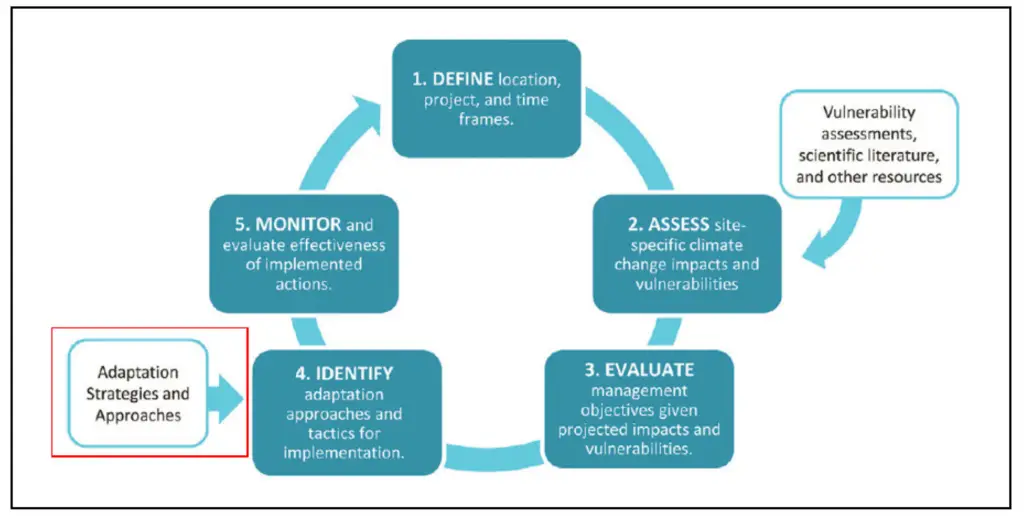Adapting Prepping Strategies For Climate-Specific Challenges

Introduction
Preparing for emergency situations is crucial, especially when facing climate-specific challenges. In this article, we will discuss how you can adapt your prepping strategies to suit the climate you live in. By understanding the unique challenges posed by different climates, you can better prepare yourself and your loved ones for any potential emergency.
Why is it essential to adapt prepping strategies for climate-specific challenges?
When it comes to prepping for emergencies, one size does not fit all. Different climates come with their own set of challenges, from extreme temperatures to natural disasters. By adapting your prepping strategies to suit the climate you live in, you can ensure that you are adequately prepared for whatever may come your way.
Understanding Your Climate
The first step in adapting your prepping strategies is to understand the specific climate you are dealing with. Different regions have different weather patterns and potential natural disasters, so it’s essential to know what you are up against.
How to identify the climate you live in?
Start by researching the typical weather patterns and natural disasters that occur in your region. Look at historical data and talk to local experts if possible. By understanding the climate you are dealing with, you can make more informed decisions about how to prepare for emergencies.

Prepping Strategies for Hot Climates
Living in a hot climate comes with its own set of challenges, such as dehydration, heatstroke, and power outages. Here are some prepping strategies specifically tailored to hot climates.
Staying Cool
In hot climates, staying cool is essential to your health and well-being. Make sure you have access to a reliable source of cooling, whether it’s a fan, air conditioner, or even a cooling vest. Stock up on ice packs and frozen water bottles to help lower your body temperature in case of a power outage.
Hydration
Dehydration is a significant risk in hot climates, especially during emergencies when access to clean water may be limited. Make sure you have plenty of bottled water stored, along with a way to purify water if needed. Consider investing in a hydration pack or water filter to ensure you can stay hydrated during a crisis.
Power Outages
Power outages are common in hot climates, particularly during extreme heatwaves. Make sure you have a backup power source, such as a generator or solar charger, to keep essential devices running. Stock up on non-perishable food and supplies that do not require refrigeration to last through power outages.
Prepping Strategies for Cold Climates
In cold climates, the focus shifts to staying warm and dry, as well as dealing with potential snowstorms and blizzards. Here are some prepping strategies tailored to cold climates.
Staying Warm
Keeping warm is crucial in cold climates to prevent hypothermia and frostbite. Stock up on warm clothing, blankets, and sleeping bags to stay comfortable during emergencies. Consider investing in a portable heater or emergency heat source to keep your living space warm if the power goes out.
Snowstorms and Blizzards
Snowstorms and blizzards can bring high winds, heavy snowfall, and dangerous conditions. Make sure you have a reliable source of weather information to stay updated on storm warnings. Stock up on non-perishable food, water, and supplies to last through a snowstorm without needing to go outside.
Winterizing Your Home
Winterize your home before the cold weather hits by insulating windows and doors, sealing drafts, and ensuring your heating system is working correctly. Keep extra fuel, such as firewood or propane, on hand to maintain warmth if the power goes out. Have a backup plan in place for heating and cooking in case of an emergency.

Prepping Strategies for Tropical Climates
Living in a tropical climate brings its own unique challenges, such as hurricanes, flooding, and high humidity. Here are some prepping strategies specifically tailored to tropical climates.
Hurricane Preparedness
Hurricanes are a common occurrence in tropical regions and can bring high winds, heavy rain, and storm surges. Make sure you have a hurricane preparedness plan in place, including evacuation routes, emergency shelters, and supplies. Stock up on non-perishable food, water, and medical supplies to last through a hurricane.
Flood Preparedness
Flooding is a significant risk in tropical climates, especially during heavy rainfall or storm surges. Make sure you have a plan in place to protect your home from flooding, such as sandbags or barriers. Keep important documents, valuables, and emergency supplies in a waterproof container to prevent damage.
High Humidity
High humidity in tropical climates can make it challenging to stay comfortable and dry during emergencies. Invest in a dehumidifier to reduce moisture levels in your home and prevent mold growth. Stock up on moisture-absorbing products, such as silica gel packets, to protect electronics and valuables from humidity damage.
Conclusion
Adapting your prepping strategies to fit the climate you live in is essential for ensuring your safety and well-being during emergencies. By understanding the unique challenges posed by different climates and preparing accordingly, you can be better prepared to face any situation that comes your way. Stay informed, stay prepared, and stay safe.

